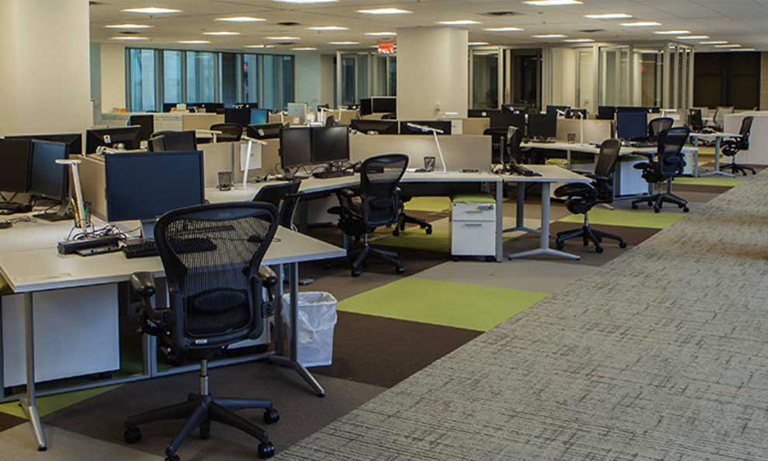
Office workers who regularly sit at their desks for more than eight hours per day could be at a higher risk of dying prematurely. Alarmingly this risk could rise to as high as 60 per cent, a shocking new study reveals.
In a society regularly confronted with public health warnings on smoking and obesity, this latest study confirms that inactive lifestyles are a threat to public health. The dangers of inactivity to our individual personal health is a fact that has been reported in the media by doctors and researchers for a number of years.
However this most recent research delved further into the statistics and concluded that the threat of sedentary lifestyles to the wider public health was equal to that of smoking. The study also revealed that the number of deaths caused by sedentary lifestyles is greater than the number of deaths caused by obesity.
The research suggested that participants who engaged in at least one hour of physical activity per day reduced their mortality rates by up to 3.6 per cent when compared to those whose daily activity was under five minutes a day.
The findings of the study go on to suggest that office workers need to offset their sedentary work life with a minimum of one hour of physical activity a day. Double the amount that public health currently recommends in the UK.
Importantly the researchers confirm that the exercise does not need to be a continuous one hour period. Rather it can be broken down into increments of activity throughout the working day. For the busy office worker this could help them to avoid the excuse of not having enough time outside of work commitments to fit in any daily exercise.
Professor Ulf Ekelund, one of the lead scientists, suggests incorporating physical activity into daily work life by taking a five minute break every hour and simply walking to another area of the office.
However with current research estimating the loss to the economy at £51.5bn caused by inactive lifestyles and the health repercussions it has on workers, employers are being urged to overhaul the wider workplace culture to encourage workers to change their sedentary work habits.
Employer-initiated measures such as supplying adjustable height desks to encourage standing while working, together with regular walkabouts around the office are recommended by the study’s authors.
They also recommend that additional future study and research is carried out into what employers should be doing to encourage their office workers to build more regular exercise into their working life.
One of the more high tech suggestions is the use of devices that monitor and assess individual workers motions that would then prompt them, through their work computers, to get out of their seats and move around regularly. A kind of screen saver for the inactive human body.
Professor Sir Cary Cooper, a leading workplace health expert and president of CIPD, has stressed that for the office worker, physical health is a huge problem.
Join Over 40,000 Recruiters. Get our latest articles weekly, all FREE – SEND ME ARTICLES
Recruiters love this COMPLETE set of Accredited Recruitment & HR Training – View Training Brochure








